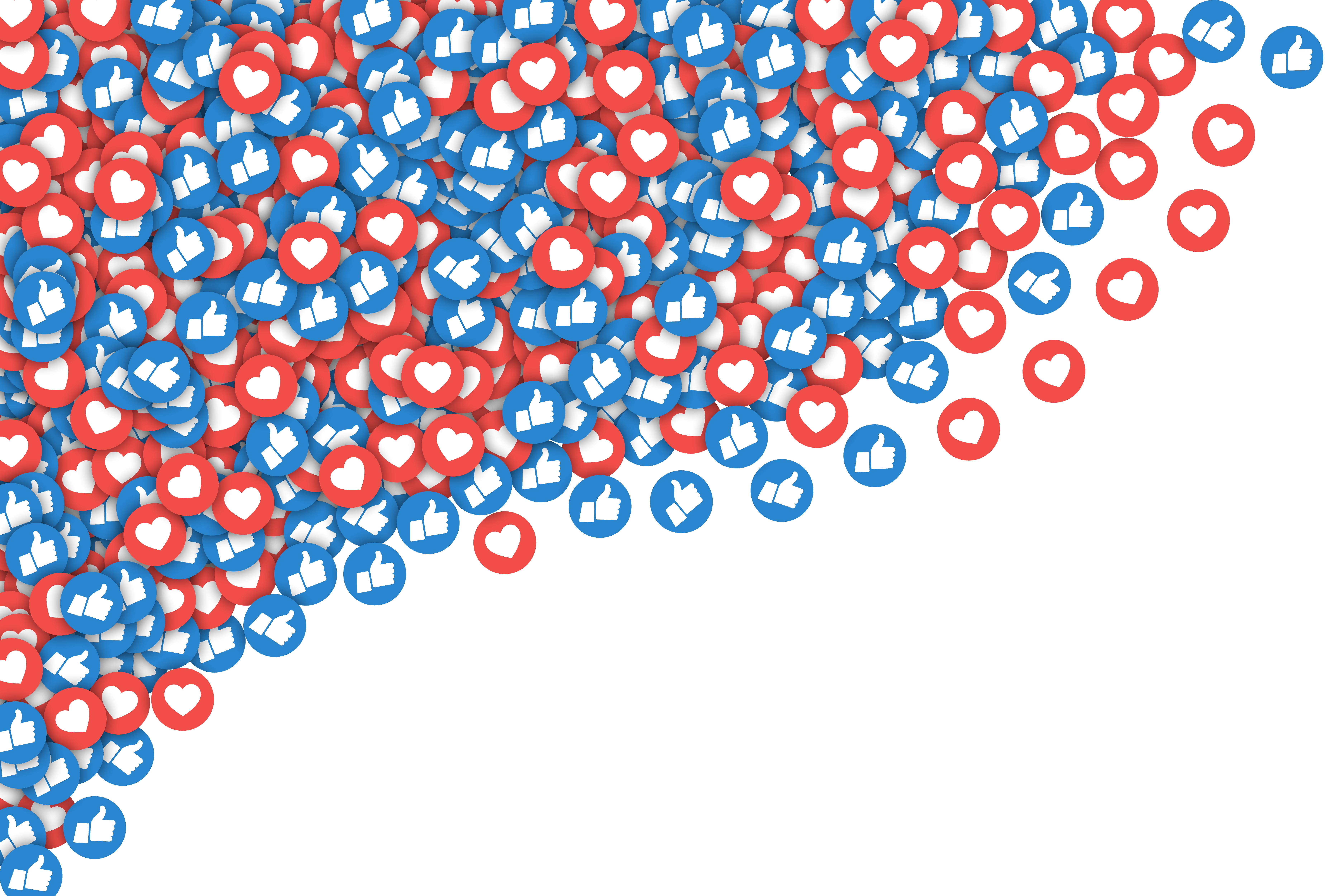6 September 2019

Rethink ink: how print is disrupting our digital world
Digital disruptors disrupted
Younger generations are hungry for more content, according to new research carried out by Wardour.
A survey of 2,001 consumers aged 18+, revealed that those aged under 35 are more likely than the rest of the UK population to be reading more across both print and digital channels than they were 12 months ago.
The Rethink Ink research, carried out for Wardour by Delineate in September 2018, showed that all audiences are reading more across digital channels than a year ago.
But the research also revealed that both the GenZ group (18 to 24) and the group above (aged up to 35), were also reading more of the print channels than people across the rest of the UK age range.
"We were really surprised by the findings," said Martin MacConnol, CEO of Wardour. "We expected to see that younger generations were moving away from print and towards digital. Instead, many are saying they are engaging with more content in both channels than a year ago."
A digital and print partnership
There are some areas where the younger generation's engagement with print is more marked. For instance, while 15% of those who read trade magazines say they are doing so more often today than a year ago, that figure almost doubles to 28% for GenZ. Similarly, across all age ranges only 10% say they are reading more of companies' print magazines, brochures and reports than they were a year ago. This figure almost doubles to 19% for those aged between 25 and34.
MacConnol said: "The message is pretty clear. As digital moves ahead, it need not necessarily be at the cost of print. Many people in the UK, particularly in younger age ranges, want to have a mix of media.
"The research shows that more in the younger groups want the ‘lean back' that print offers, combined with the immediacy and ease that is a core part of digital."
Print is memorable
There is momentum for print across all ages. The research also showed that print messaging is more memorable, and that a significant minority of consumers trust print messaging more than digital. Some 44% of those surveyed agreed that they were more likely to remember something they had read in print rather than on screen (only 12% disagreed). Similarly 25% said they trusted print more (only 6% said they trusted digital more).
The research comes as big digital brands turn to print for headline-grabbing communications. Last year Airbnb launched a new print magazine, airbnbmag, with Hearst. This year Facebook started a print publication called Grow. And for the current festive period, Amazon in the US has distributed a toy catalogue, A Holiday of Play, complete with stickers and QR codes.
Other highlights of the research include:
- Consumers find it far easier to concentrate on the message with print (54% agreed with this idea and only 11% disagreed) and significantly prefer it for more complicated messaging (61% agreed and only 10% disagreed).
- A large number of consumers find messaging in print more memorable (43% agreed with this idea and only 12% disagreed).
- The gender of a consumer also appears to play a factor in their reaction to a medium. While both men and women said they enjoyed the sensory qualities of print, women feel more strongly on this point: 67% of women agreed that they liked the feeling of holding a book, compared to 58% of men. 60% of women agreed that they liked the smell of print publications, compared to 48% of men.
Source: Wordour - creative agency and storyteller in digital, social and print.
Downloads
 Packaging and labels vital to the strategic future of print
Packaging and labels vital to the strategic future of print
7 October 2024
Smithers forecasts +3.6% CAGR for $504.9 billion packaging print market in wake of Drupa 2024
 UK Printing - Sector Performance 1995-2023
UK Printing - Sector Performance 1995-2023
7 October 2024
We have produced an analysis of data from the Office for National Statistics providing a detailed product sector breakdown for UK manufacturer sales of printed products.











